Home>Health & Lifestyle>Mindfulness & Relaxation Spaces>How Many Drops Of Essential Oil Should You Put In A Diffuser
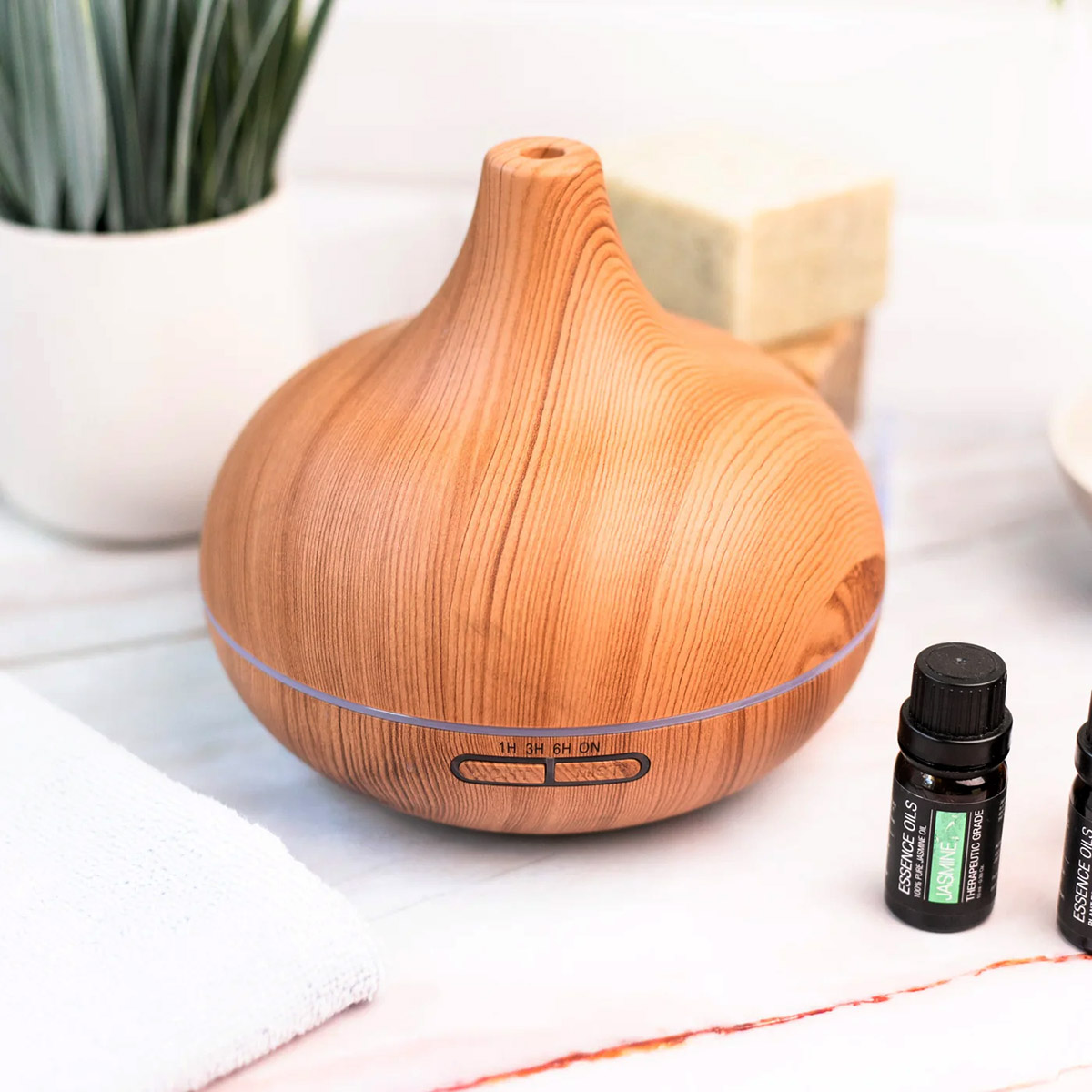

Mindfulness & Relaxation Spaces
How Many Drops Of Essential Oil Should You Put In A Diffuser
Published: December 25, 2023
Discover the perfect number of essential oil drops for your diffuser to create a soothing atmosphere in your mindfulness and relaxation spaces. Learn the ideal dosage for a calming and refreshing experience.
(Many of the links in this article redirect to a specific reviewed product. Your purchase of these products through affiliate links helps to generate commission for Storables.com, at no extra cost. Learn more)
Introduction
Welcome to the world of essential oils and aromatherapy! If you’re new to the practice or a seasoned enthusiast, you’ve likely encountered the question: “How many drops of essential oil should you put in a diffuser?” This seemingly simple query opens the door to a world of exploration, where science meets art and ancient traditions intertwine with modern wellness practices.
Essential oils have been used for centuries for their therapeutic properties, and diffusers offer a convenient way to disperse their aromatic molecules into the air, creating an ambiance of relaxation, rejuvenation, and overall well-being. However, determining the ideal number of drops to use in a diffuser involves a blend of understanding the properties of the specific oil, the size of the space, and personal preferences.
In this comprehensive guide, we will delve into the intricacies of essential oils, explore the art of using them in diffusers, consider various factors that influence the dosage, and ultimately provide recommendations to help you make the most of your aromatherapy experience. Whether you seek tranquility, mental clarity, or simply a delightful fragrance in your living space, understanding the nuances of diffusing essential oils will empower you to create a harmonious environment that resonates with your mind, body, and spirit.
Key Takeaways:
- Discover the perfect number of drops for your diffuser! Consider room size, oil potency, and personal preferences to create a harmonious aromatic experience.
- Embrace the art of aromatherapy with essential oils in a diffuser. Experiment, personalize, and enjoy the therapeutic benefits in your unique living space.
Read more: How Many Drops Eucalyptus Oil In Diffuser
Understanding Essential Oils
Before delving into the specifics of diffuser usage, it’s essential to grasp the nature of essential oils themselves. These precious substances are derived from various plant parts, including flowers, leaves, stems, bark, and roots, through processes such as distillation or cold-press extraction. The resulting oils capture the distinctive aromatic compounds and therapeutic properties of the plants from which they are derived.
Each essential oil boasts a unique chemical composition, giving rise to a diverse array of scents and potential benefits. For instance, lavender oil is celebrated for its calming and soothing properties, while citrus oils like lemon and sweet orange are renowned for their uplifting and refreshing qualities. On the other hand, eucalyptus and peppermint oils are prized for their invigorating and clarifying effects.
It’s important to note that essential oils are highly concentrated, and their potency can vary significantly. Consequently, they should be handled with care and respect. When used appropriately, these oils can offer a myriad of benefits, including stress relief, improved focus, respiratory support, and a heightened sense of well-being.
Moreover, the purity and quality of essential oils play a pivotal role in their efficacy and safety. Opting for high-quality, pure essential oils sourced from reputable suppliers ensures that you experience the true therapeutic potential of these natural wonders, free from synthetic additives or contaminants.
By understanding the diverse nature of essential oils and their inherent properties, you gain insight into the unique characteristics of each oil, enabling you to make informed decisions when incorporating them into your aromatherapy practices.
Using Essential Oils in a Diffuser
When it comes to enjoying the aromatic benefits of essential oils, diffusers offer a convenient and effective method of dispersing their fragrance throughout a space. These devices come in various forms, including ultrasonic, nebulizing, heat, and evaporative diffusers, each with its unique way of releasing the oils into the air.
Ultrasonic diffusers, for example, use water and ultrasonic vibrations to create a fine mist that carries the essential oil particles into the air. Nebulizing diffusers, on the other hand, disperse the oils in their purest form, requiring no water or heat. Heat diffusers, such as candle or electric heat diffusers, rely on warmth to evaporate the oils, while evaporative diffusers use a fan to blow air through a pad or filter containing the essential oils, releasing their aroma into the surrounding space.
Regardless of the type of diffuser you choose, the process of using essential oils in a diffuser typically involves adding a specific number of drops of the desired oil or a blend of oils to the diffuser’s reservoir or pad, allowing the device to disperse the fragrance into the air over a period of time.
One of the key attractions of using a diffuser is the ability to customize your aromatherapy experience by blending different essential oils to create unique scent profiles. This allows you to tailor the ambiance to suit your mood, whether you seek a calming atmosphere for relaxation, an energizing environment for productivity, or a refreshing scent to uplift your spirits.
Furthermore, diffusers offer a safe and efficient way to enjoy the benefits of essential oils without the need for direct application to the skin, making them particularly appealing for individuals who may have sensitivities or prefer not to use topical applications.
By understanding the diverse types of diffusers and their respective mechanisms, you can select the most suitable option for your needs and preferences, enhancing your journey into the world of aromatherapy.
Start with 3-5 drops of essential oil in a diffuser, then adjust to your preference. Some oils are stronger, so start with fewer drops and add more if needed.
Factors to Consider
When determining the appropriate number of drops of essential oil to use in a diffuser, several factors come into play, each influencing the overall aromatic experience and therapeutic effects. By considering these factors, you can optimize the usage of essential oils in your chosen diffuser, ensuring a harmonious and beneficial outcome.
- Room Size: The size of the space in which the diffuser will be used is a crucial consideration. Larger rooms may require a higher number of drops to effectively disperse the aroma, while smaller spaces may necessitate fewer drops for a noticeable impact. Understanding the square footage of the area will guide you in determining the appropriate dosage.
- Oil Potency: The potency of the essential oil itself is a significant factor. Oils vary in strength, with some being highly concentrated and potent, while others are more subtle. For example, oils like peppermint and eucalyptus are known for their robust scents and may require fewer drops, whereas lighter oils such as lavender and citrus varieties may benefit from a slightly higher dosage to achieve the desired effect.
- Personal Sensitivity: Individuals may have varying levels of sensitivity to aromas and essential oils. It’s important to consider personal preferences and sensitivities when determining the number of drops to use. Some people may prefer a more subtle aroma, while others may enjoy a more pronounced fragrance.
- Desired Intensity: The desired intensity of the aroma also plays a role in dosage determination. If you prefer a subtle, background fragrance, a lower number of drops may be sufficient. Conversely, if you seek a more robust and noticeable scent, a higher dosage may be appropriate.
- Oil Combinations: When blending multiple essential oils, the recommended number of drops for each oil should be adjusted accordingly to achieve a balanced and harmonious scent profile. Understanding the complementary properties of different oils and their respective strengths will guide you in creating well-rounded blends.
By taking these factors into account, you can tailor the usage of essential oils in your diffuser to align with your preferences, the characteristics of the space, and the specific therapeutic or aromatic outcomes you wish to achieve. This thoughtful approach enhances the overall efficacy and enjoyment of your aromatherapy experience.
Recommended Dosage
While there is no one-size-fits-all approach to determining the ideal number of drops of essential oil for a diffuser, some general guidelines can serve as a helpful starting point. These recommendations take into account the factors mentioned earlier and provide a framework for effectively utilizing essential oils in a diffuser.
For small spaces, such as a bathroom or a compact office, a conservative approach may involve using approximately 3-5 drops of essential oil. This dosage can impart a subtle yet noticeable aroma, creating a pleasant olfactory environment without overwhelming the space.
For medium-sized rooms, such as bedrooms, small living areas, or kitchens, a moderate dosage of 5-8 drops of essential oil may be suitable. This quantity allows for a more pervasive distribution of the aroma, ensuring that the fragrance permeates the space effectively.
For larger areas, such as open-plan living rooms, spacious offices, or expansive lobbies, a slightly higher dosage of 8-10 drops of essential oil can be considered. The increased quantity accommodates the greater air volume, enabling the aroma to disperse more comprehensively throughout the environment.
It’s important to note that these dosage ranges are general recommendations and can be adjusted based on individual preferences, oil potency, and the specific characteristics of the space. Experimenting with different quantities and observing the resulting aromatic impact can provide valuable insights into the optimal dosage for your unique circumstances.
When blending multiple essential oils, the recommended dosages for each oil should be combined thoughtfully to achieve a balanced and harmonious scent profile. This may involve starting with smaller quantities of each oil and adjusting the blend based on the desired aromatic intensity and the complementary interactions between the oils.
Ultimately, the recommended dosage serves as a flexible guideline, offering a starting point for your aromatherapy endeavors while allowing room for personalization and experimentation to create a customized and gratifying sensory experience.
Read more: How Many Drops Of Lavender Oil In A Diffuser
Conclusion
Embarking on a journey into the world of essential oils and diffusers unveils a realm of sensory delight, therapeutic potential, and personal well-being. Understanding the nuances of using essential oils in a diffuser empowers you to curate immersive aromatic experiences tailored to your preferences and the unique characteristics of your living or working spaces.
By comprehending the diverse nature of essential oils, including their origins, properties, and potential benefits, you gain insight into the rich tapestry of scents and wellness-promoting attributes they offer. This understanding forms the foundation for informed and intentional usage of essential oils in your aromatherapy practices.
Exploring the various types of diffusers and their mechanisms illuminates the array of options available for dispersing essential oils, each offering its distinctive approach to creating an ambiance of tranquility, vitality, or serenity. Selecting the most suitable diffuser for your needs enables you to harness the full potential of essential oils, enhancing your overall sensory experience.
Considering the factors that influence the dosage of essential oils in a diffuser, such as room size, oil potency, personal sensitivities, desired intensity, and oil combinations, provides a holistic framework for optimizing the aromatic impact of your chosen oils. This thoughtful consideration ensures that the diffusion process aligns harmoniously with your preferences and the specific characteristics of the environment.
Furthermore, the recommended dosage ranges serve as flexible guidelines, offering a starting point for your aromatherapy endeavors while allowing room for personalization, experimentation, and creative exploration. This approach encourages you to adapt the dosage based on individual preferences, oil characteristics, and the desired aromatic impact, ultimately leading to a customized and gratifying sensory experience.
As you continue your aromatic odyssey, remember that the art of using essential oils in a diffuser is a blend of science and creativity, where the therapeutic potential of the oils intertwines with the personal expression of scent and ambiance. Embrace this journey with curiosity, mindfulness, and a spirit of discovery, allowing the captivating fragrances of essential oils to enrich your daily life and elevate your well-being.
Frequently Asked Questions about How Many Drops Of Essential Oil Should You Put In A Diffuser
Was this page helpful?
At Storables.com, we guarantee accurate and reliable information. Our content, validated by Expert Board Contributors, is crafted following stringent Editorial Policies. We're committed to providing you with well-researched, expert-backed insights for all your informational needs.
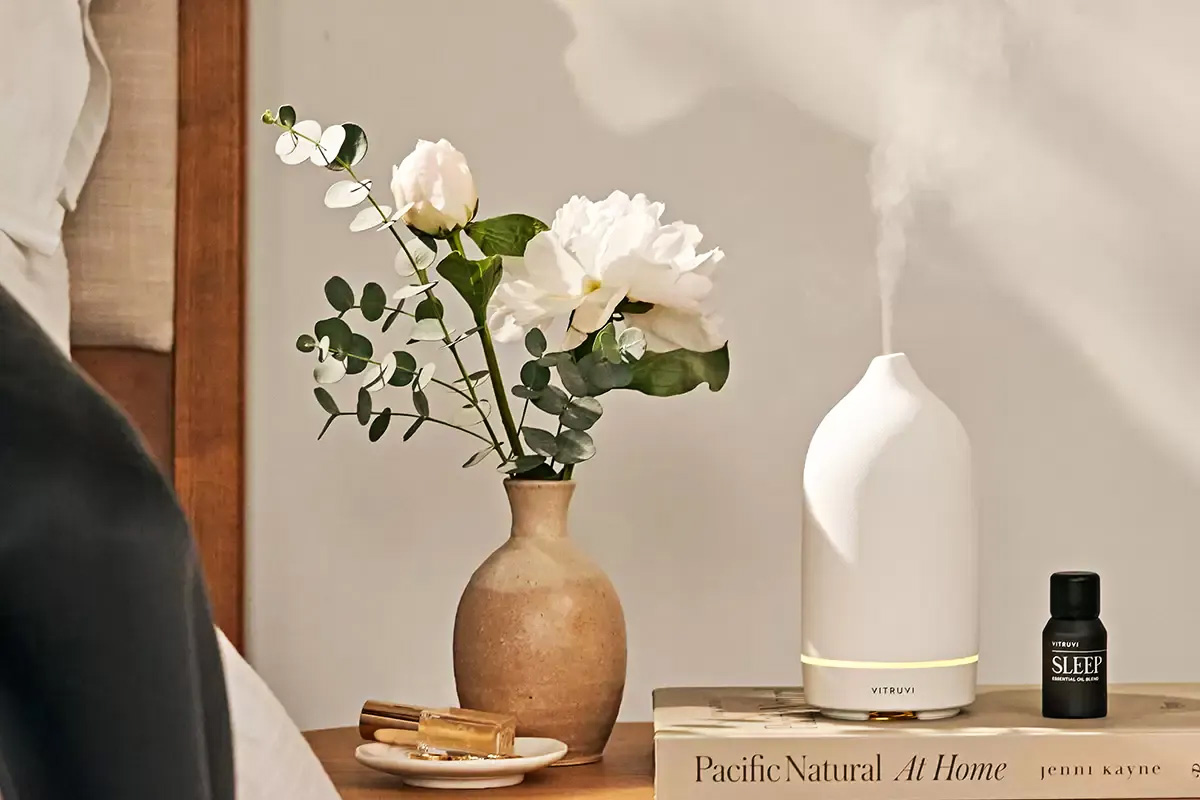
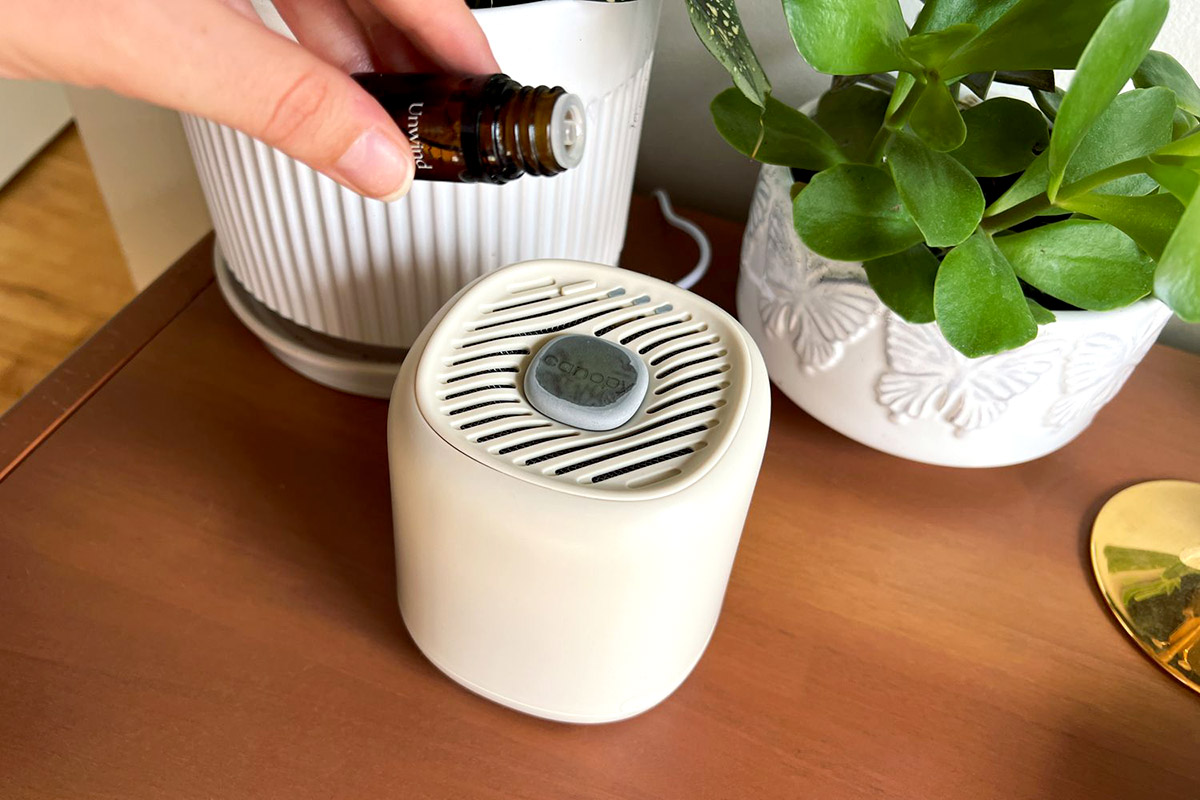
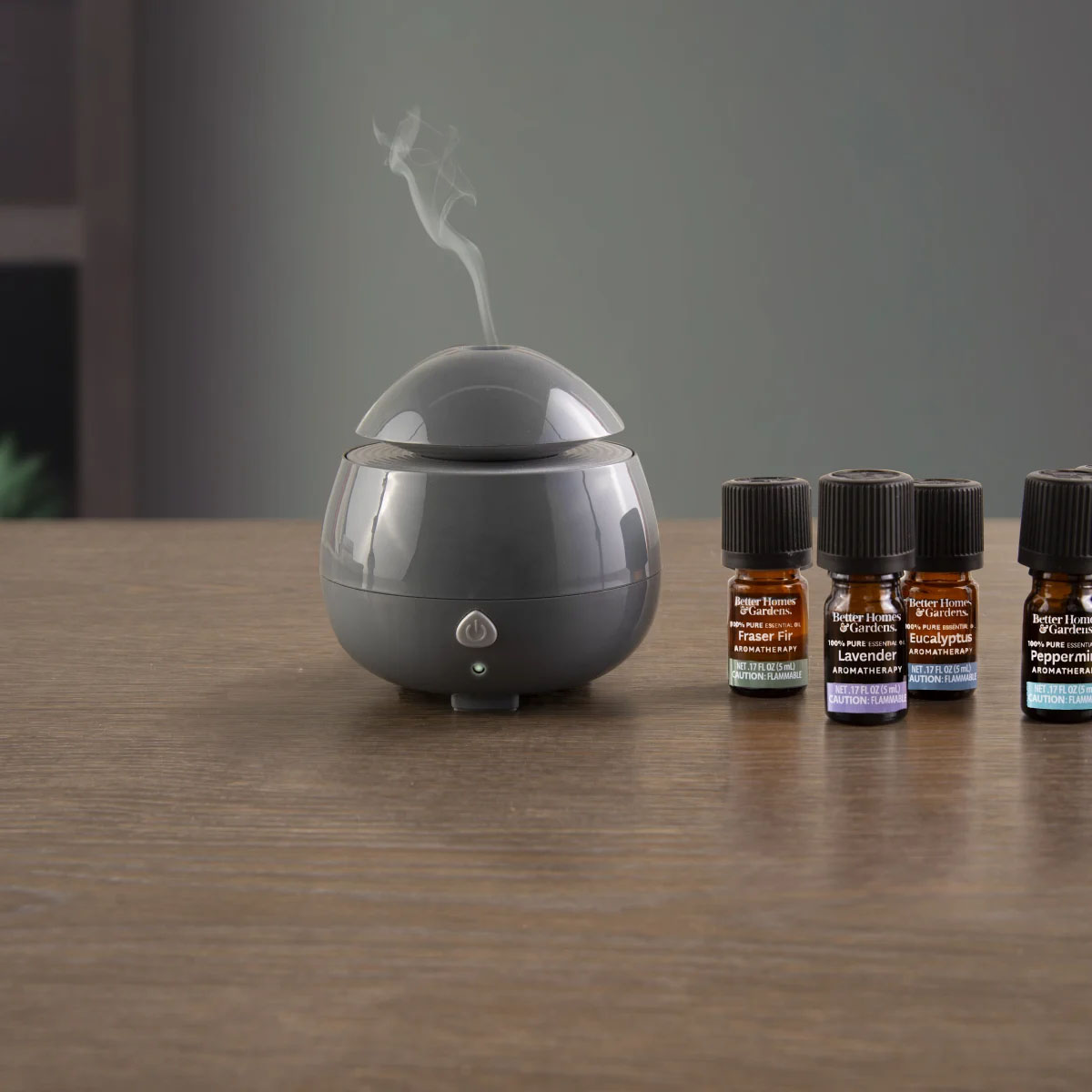
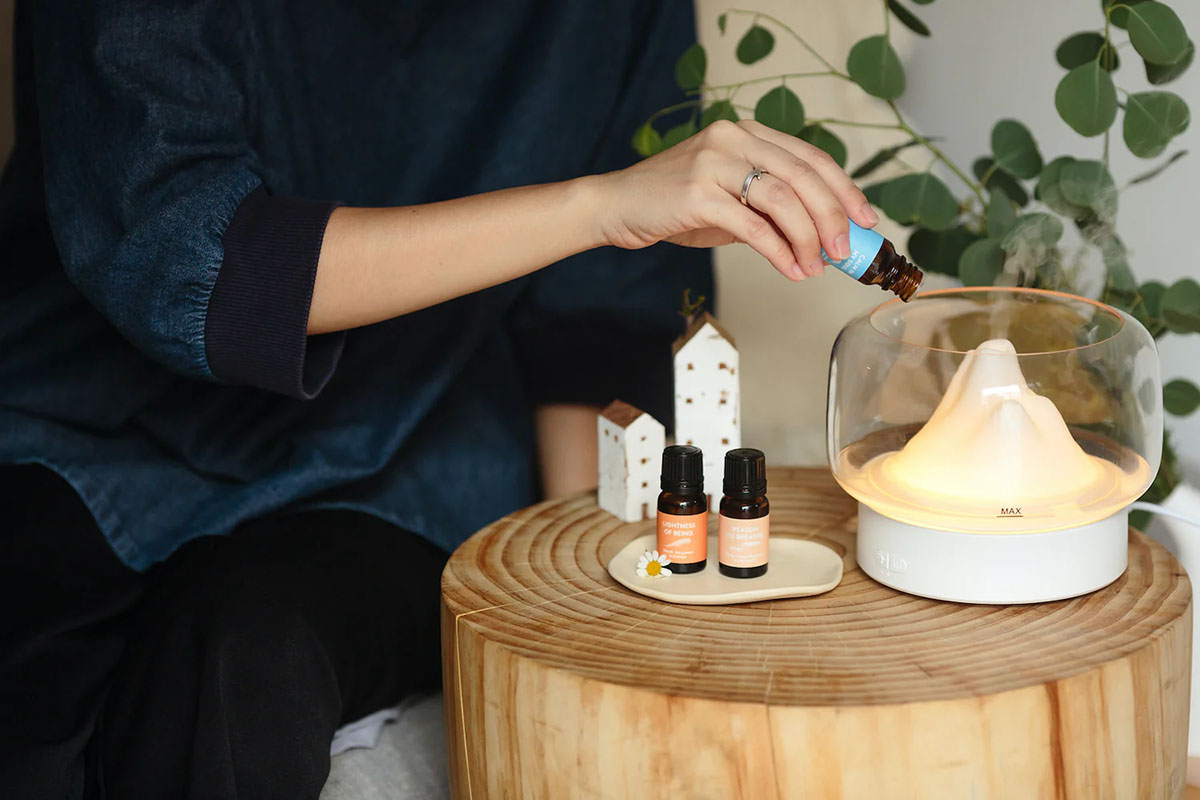
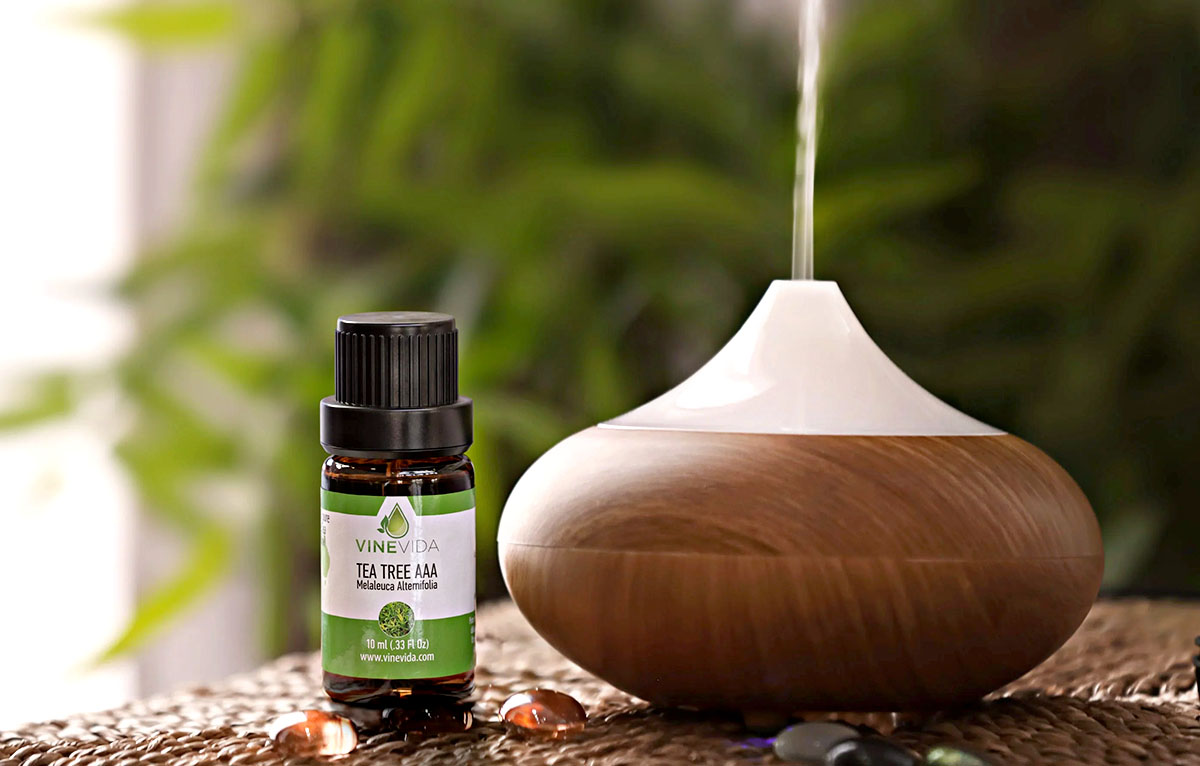
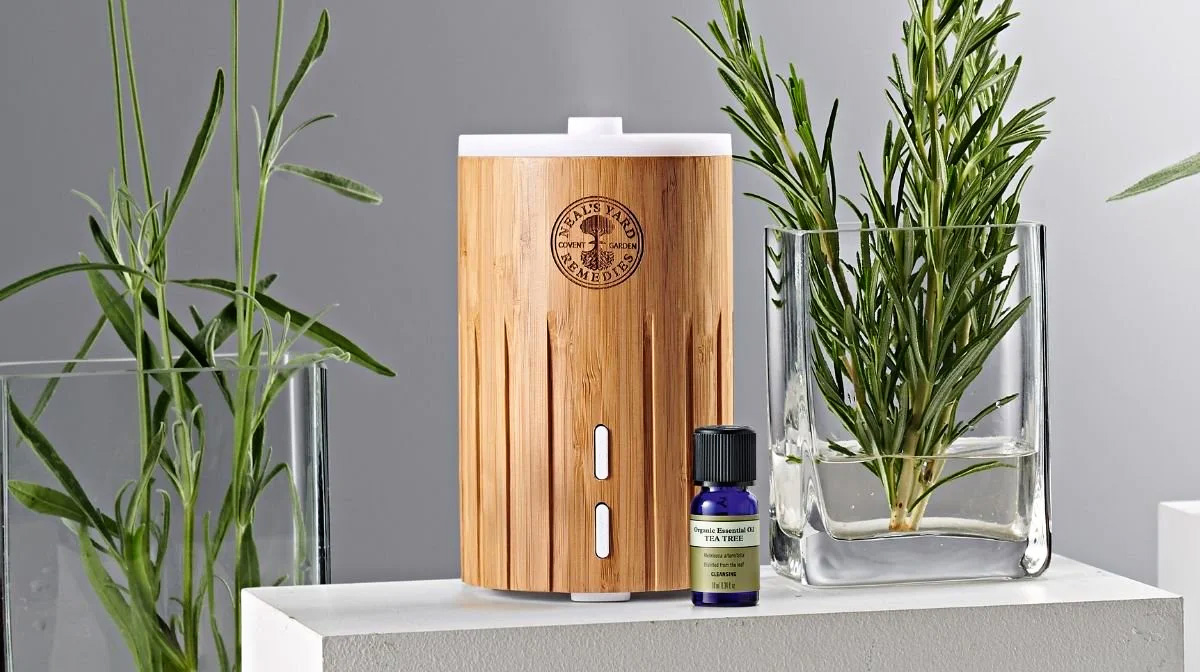
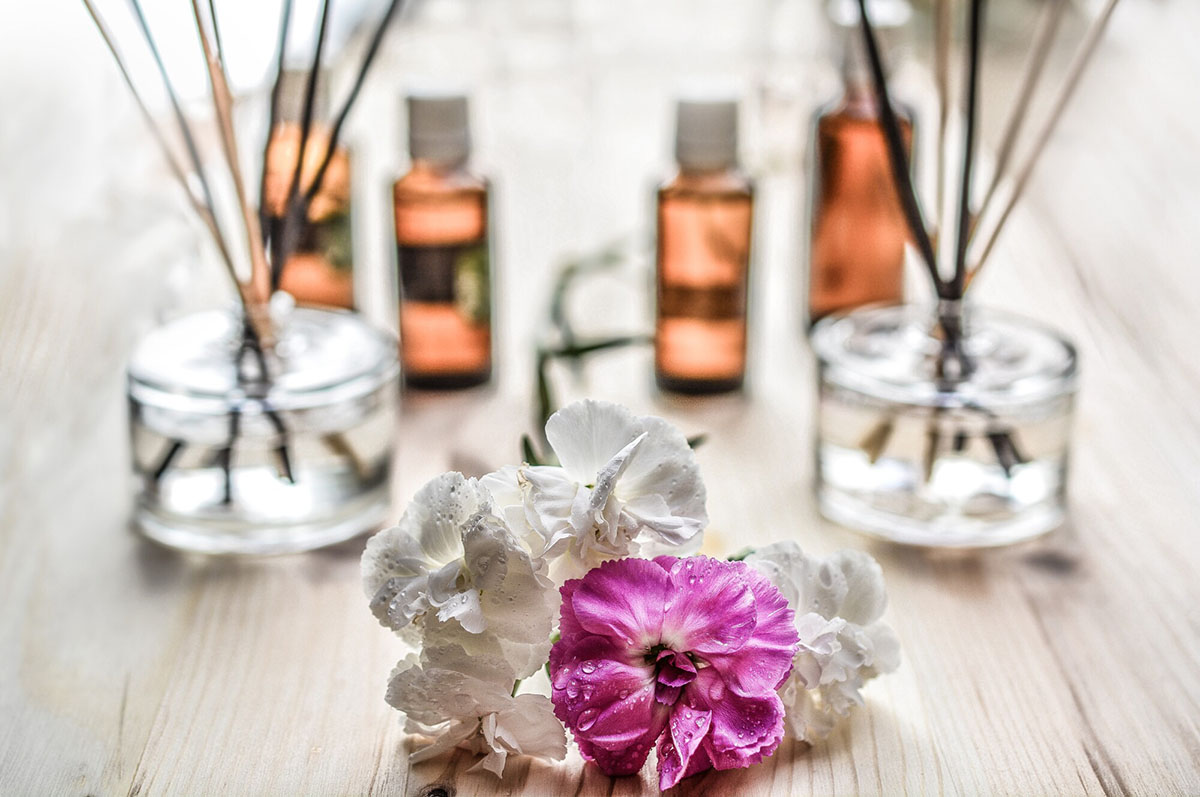
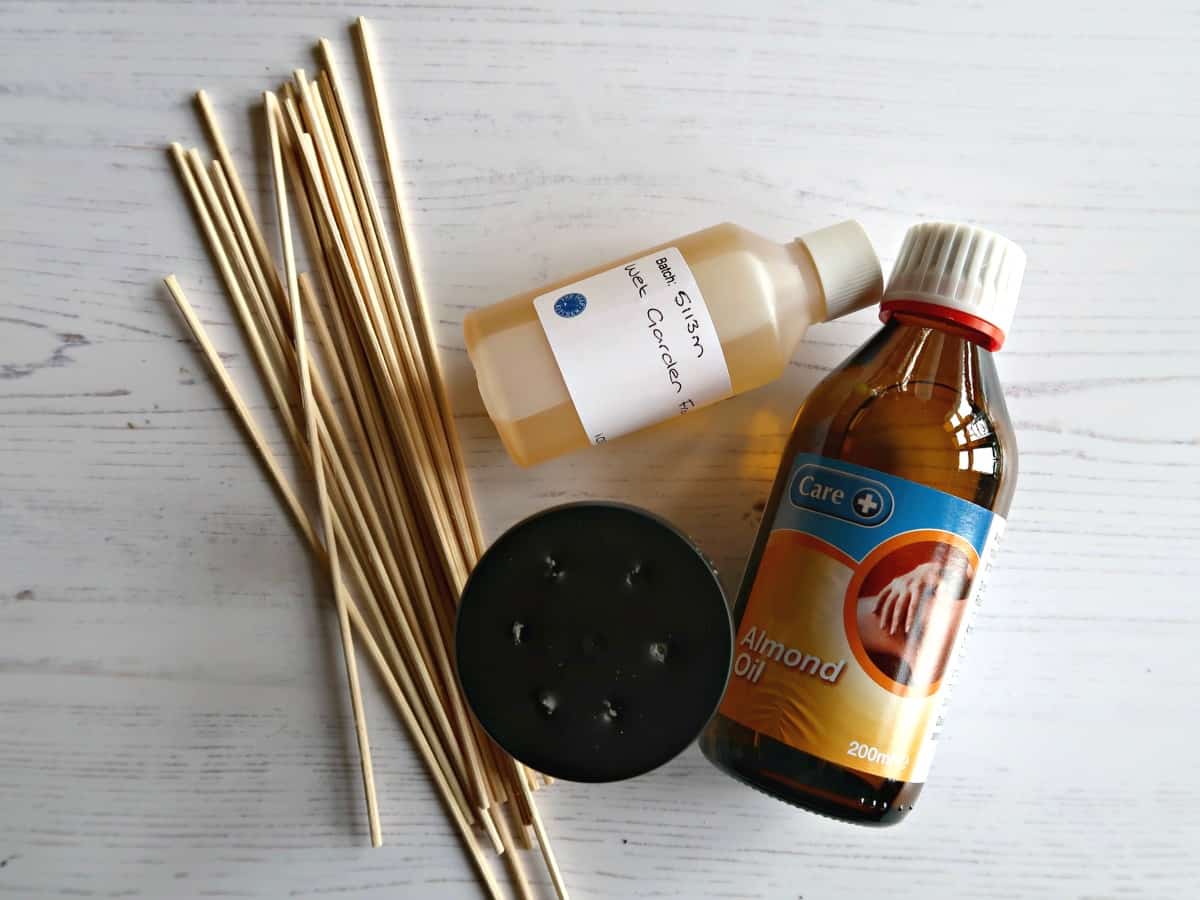
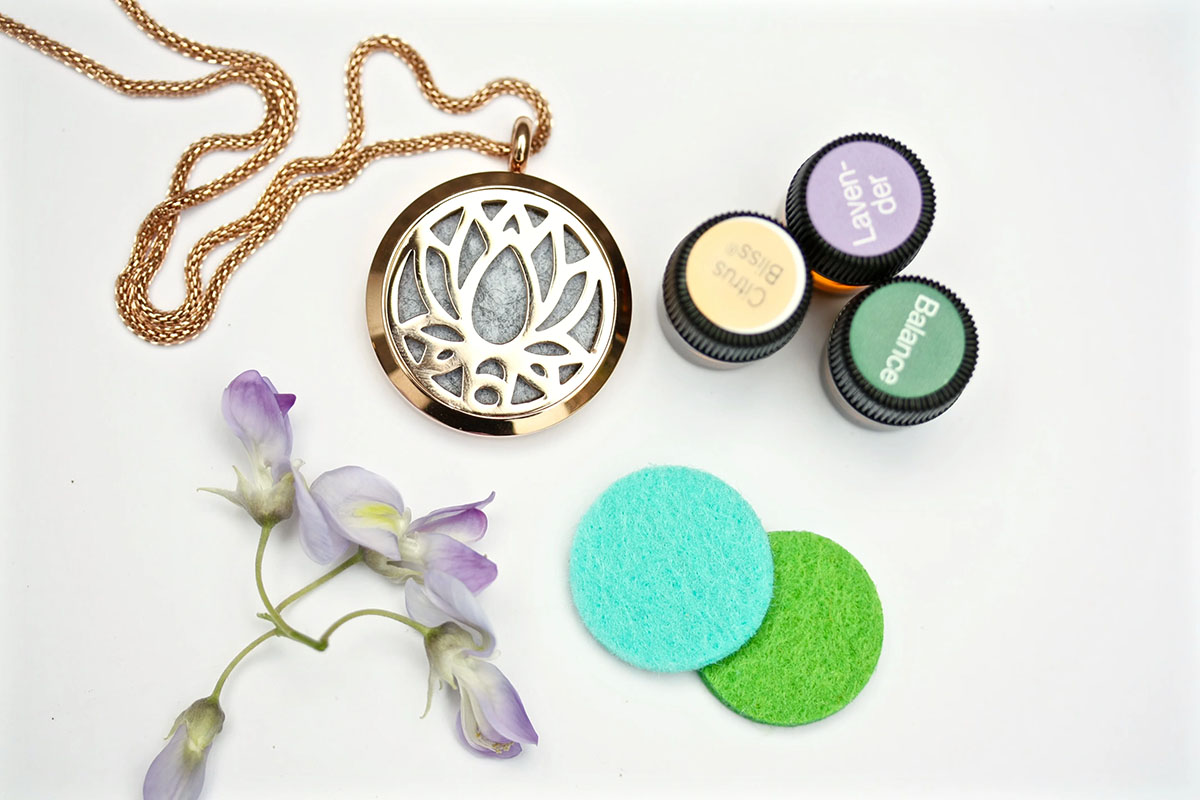
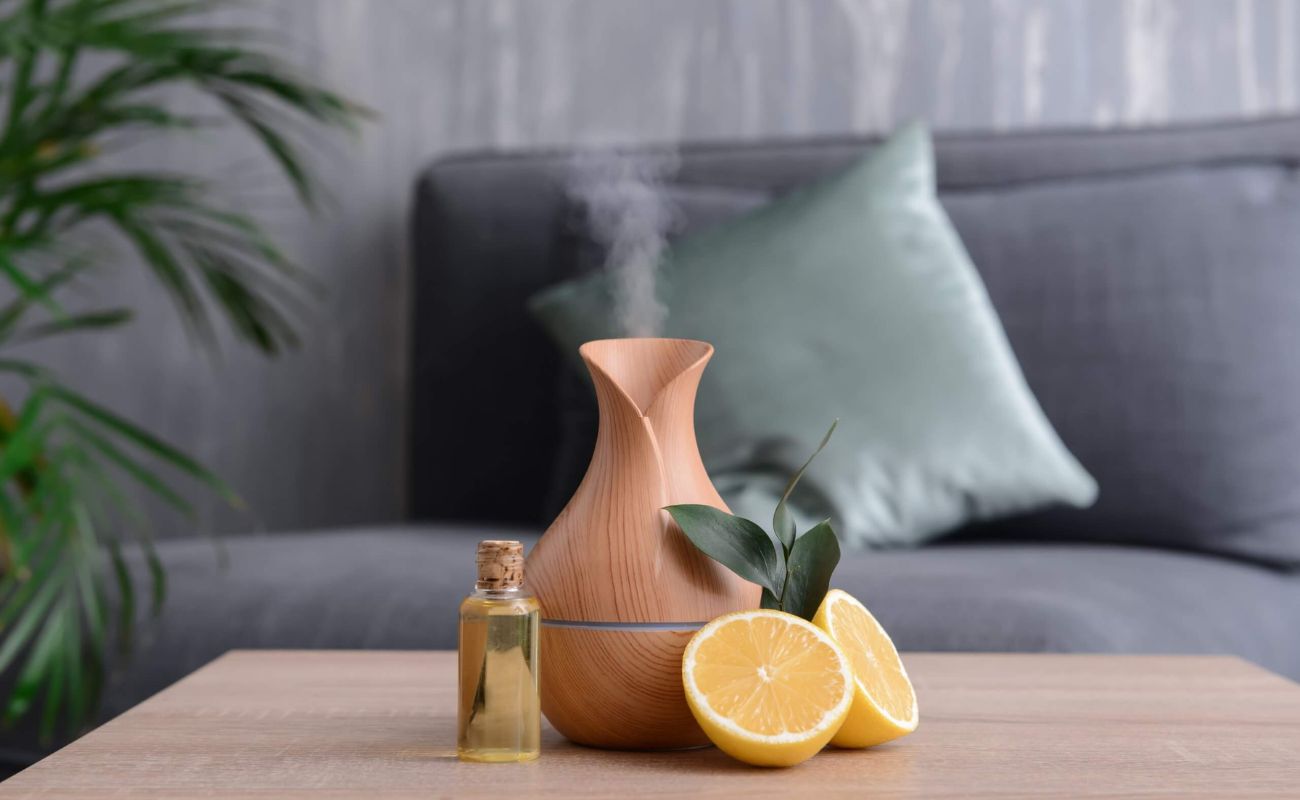
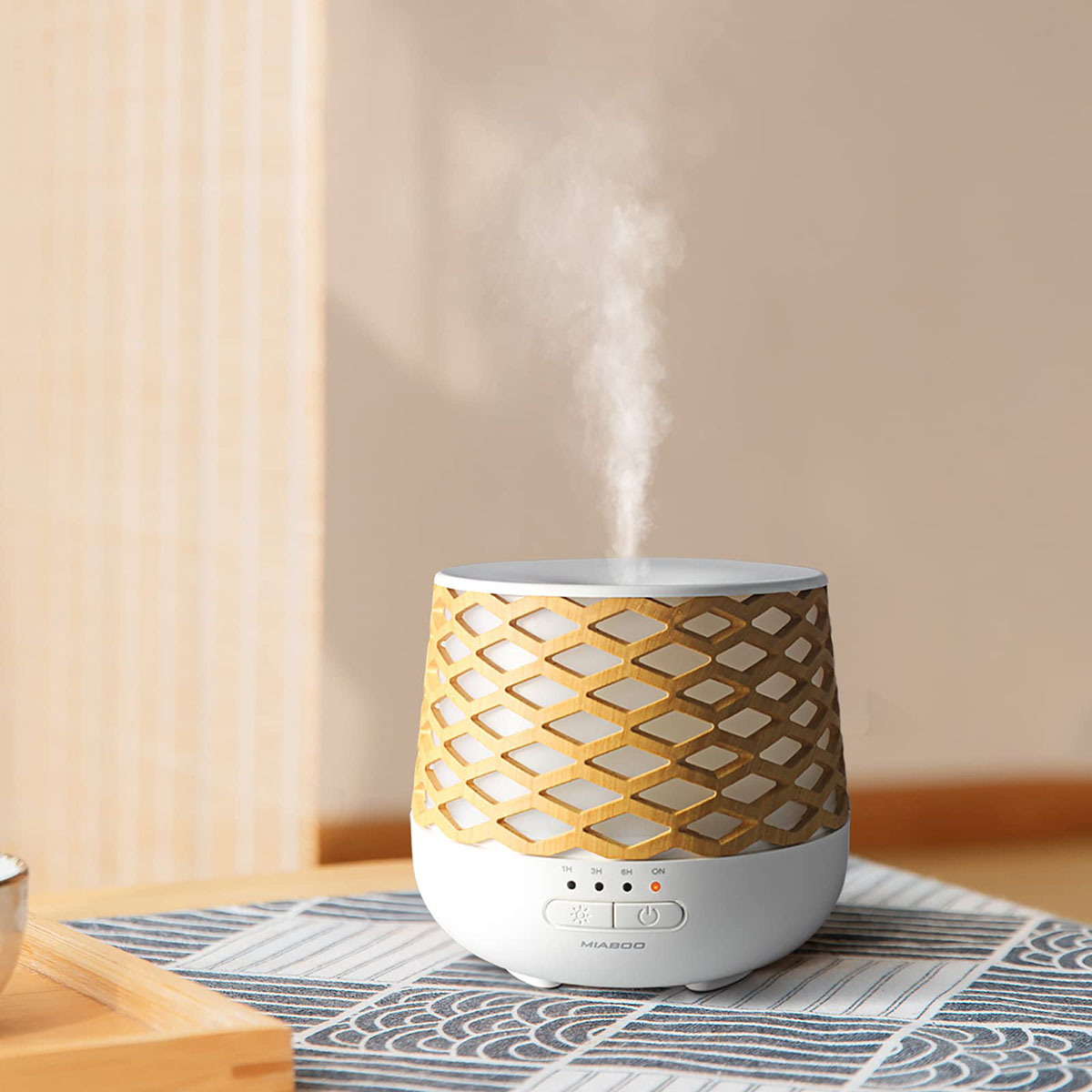
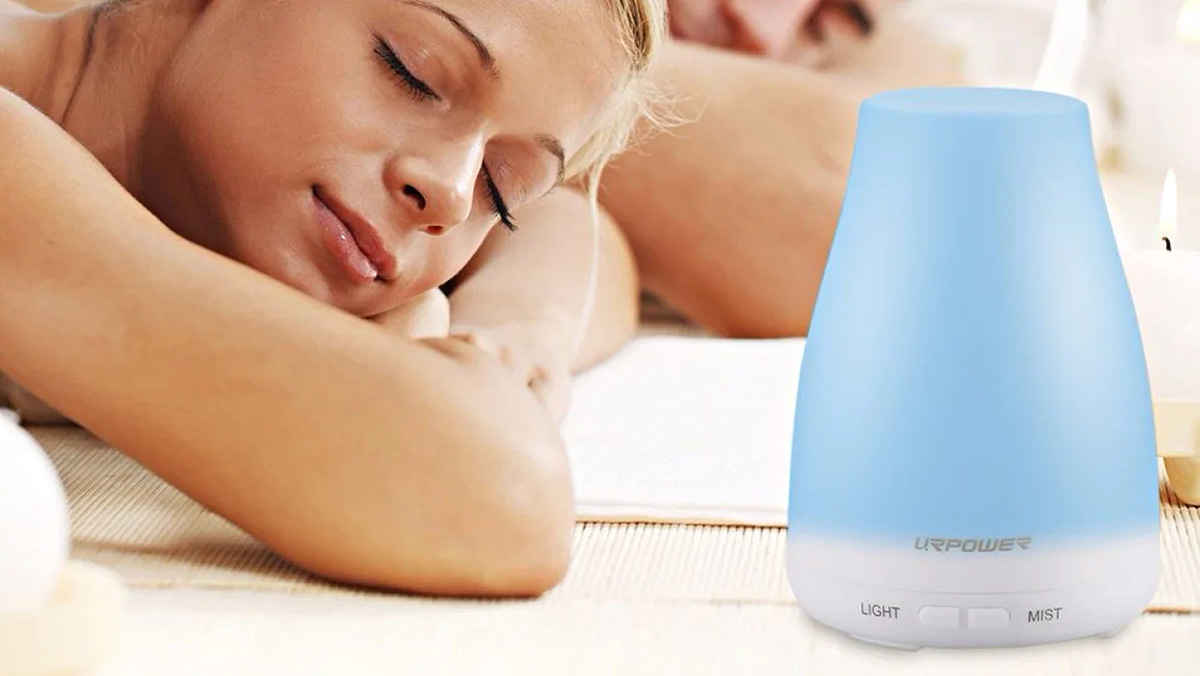
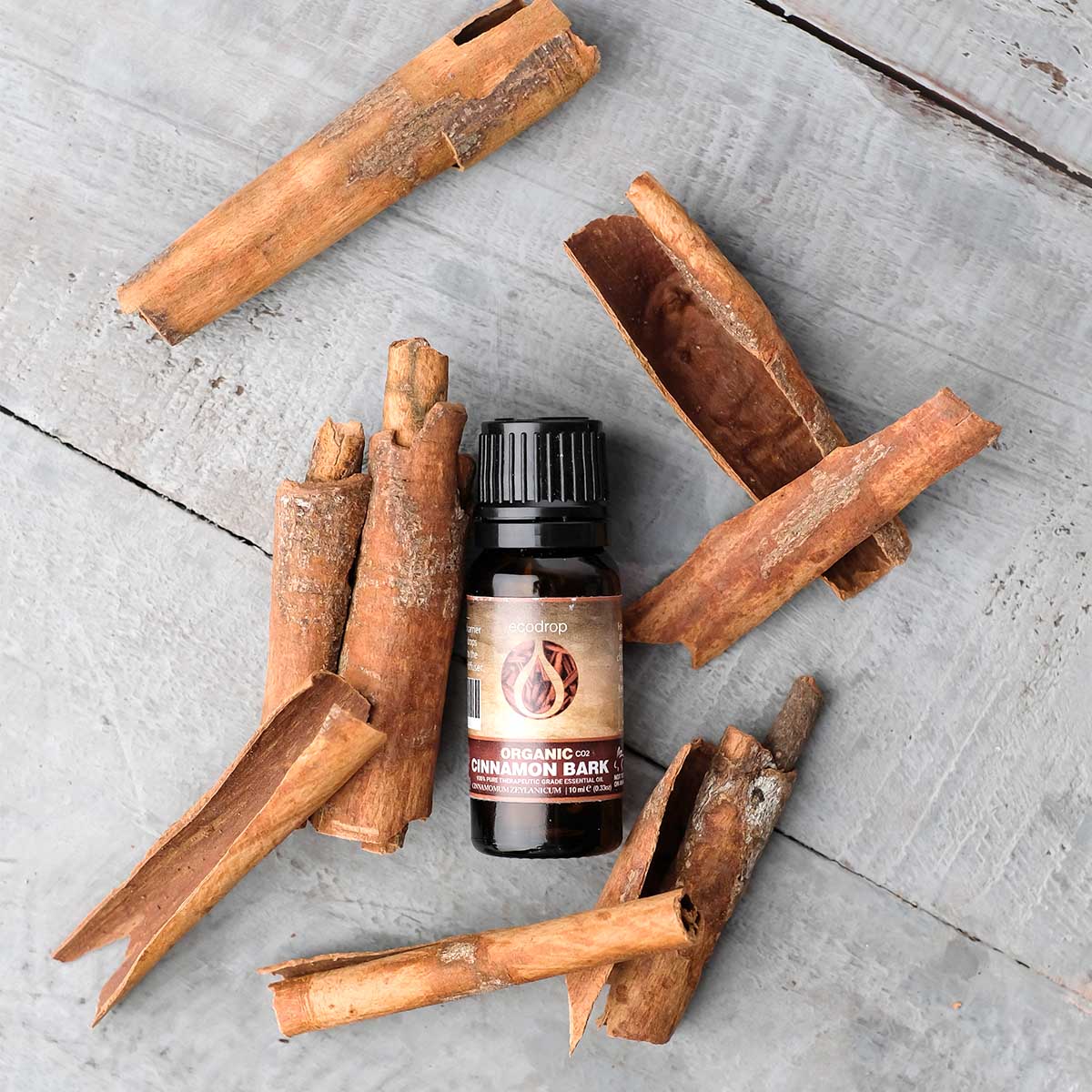
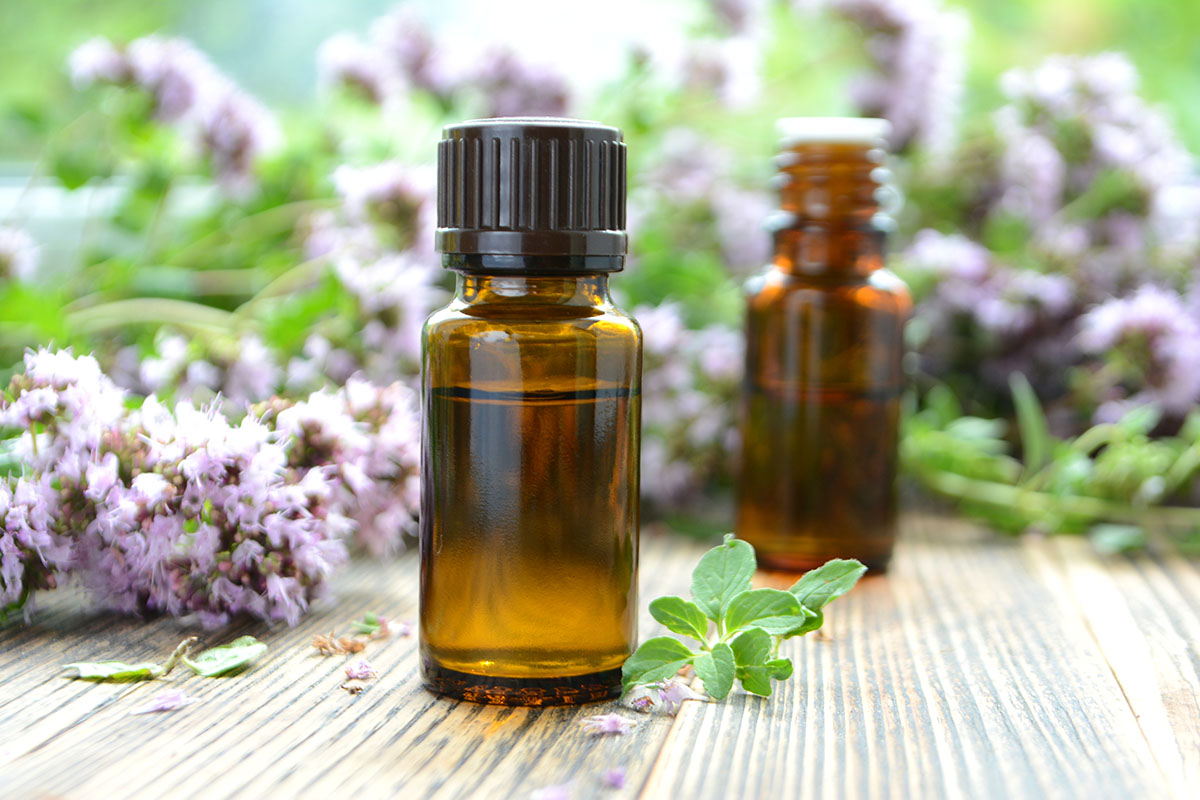

0 thoughts on “How Many Drops Of Essential Oil Should You Put In A Diffuser”